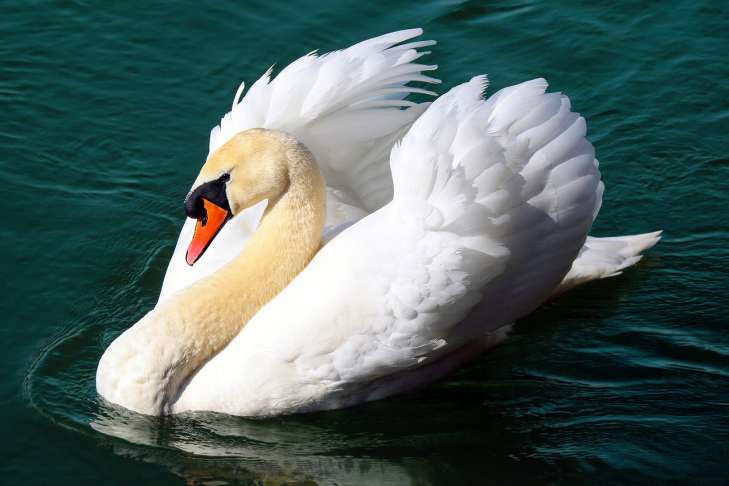Swans: Interesting Facts – Amazing Nature
Depending on the species, the plumage of swans is either pure white, gray or black.
Interesting Facts
There are almost no external differences between females and males.
The swan is a monogamous bird that remains faithful to its mate until death.
When young swans turn white
The chicks are born covered with gray-brown down.
Both parents take part in raising their offspring.

Young swans become ideally white at the age of three.
Japanese paleontologists have described two new species of flightless swans that lived in Japan 11.5 million years ago.
What do swans usually eat
Swans settle both near fresh and salt water bodies.
The swan always spends the night in remote areas of reservoirs on carpets of intertwined rhizomes of aquatic plants (rafts) and in reeds.
It is moderately tolerant of other birds and sometimes settles near the nests of gray geese.
In addition to algae, swans eat small fish, amphibians, caviar, moths and small beetles.
Swans do an excellent job of feeding themselves.
Sometimes swans may come ashore in search of nutritious food.
On the shore they eat green grass rich in vitamins.
Previously, we talked about wombats.




